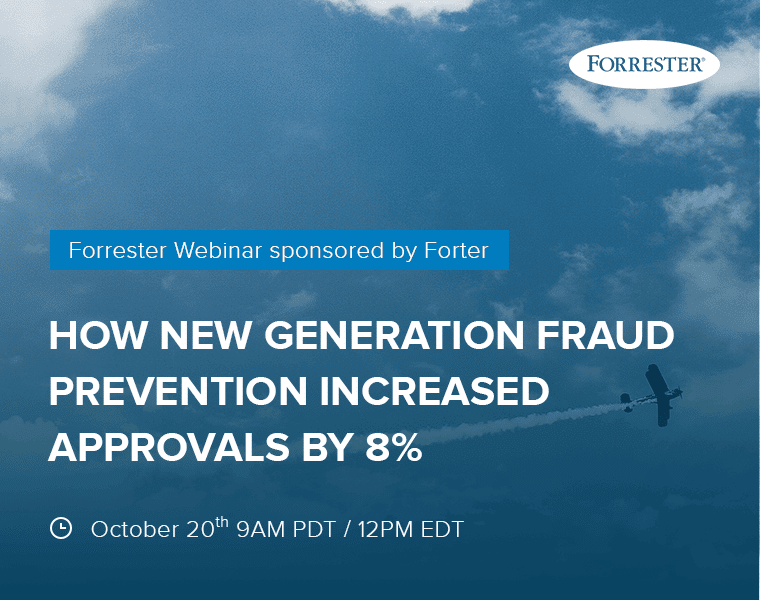Many retailers think of fraud prevention ROI purely in terms of how much fraud it prevents – how many risky-looking transactions are rejected, and crucially how many chargebacks are received. If chargebacks are low, the assumption is that fraud prevention is doing well. Forrester examined the issue more closely, and came to a different conclusion.
Why Chargebacks Aren’t All That
If you’re trying to measure the ROI of fraud prevention, chargebacks seem like an obvious candidate for the Most Important Metric award. The cost of online fraud is high – each dollar lost to fraud costs substantially more than that – and that burden falls squarely on the retailer (unless their fraud prevention service offers a chargeback guarantee). If a retailer doesn’t have many chargebacks, then their fraud prevention system isn’t letting through much fraud. Which sounds good.
The problem with this approach is that the easiest way to prevent chargebacks is to reject all orders which look remotely risky. Unfortunately, there is no single track of ‘genuine customer behavior’ – your consumers are real people, with individual lives and preferences and needs. So if you reject orders due to a stringently risk-averse fraud prevention policy, you’re going to avoid chargebacks, but you’re also going to turn away a lot of good customers.
The Wider Impact of Fraud Prevention
Focusing on chargebacks in fraud prevention leads to a myopic view where retailers fail to consider the consequences of fraud prevention on their business goals and revenue.
Since it comes into play at the point of checkout, online fraud prevention has a significant impact on the customer and, as a result, on sales.
- Manual review is used by the overwhelming majority of retailers, and about 75% of flagged transactions end up being manually decisioned. That’s a lot of orders which take longer to confirm, frustrating the customer and leading to order cancellations and delays in fulfillment as well.
- Requests for more information – whether personal information, payment information, or a password – break the checkout flow and annoy customers who have to hunt for half-forgotten details, or give up.
- False positives continue to be a serious challenge for legacy systems which rely on rigid, inflexible rules that do not take into account the kinds of complex buying stories that are common in today’s global village.
All of this influences a retailer’s number of sales, repeating buyers, fulfillment time, and customer experience.
The Real ROI of Fraud Prevention
Bearing all this in mind, Forrester produced a TEI (Total Economic Impact) study examining the impact of Forter’s fraud prevention system on a large IR 250 merchant.
They found that while costs were substantially reduced through Forter, since chargebacks are covered by Forter’s guarantee and automation replaces expensive manual review, the true ROI was to be found in the impact on increased sales, approvals and customer satisfaction.
The results were impressive, and a strong indication that companies should begin to evaluate their fraud prevention in terms of what it can do for them, and not just what it can prevent.
Highlights include:
- 7.8% rise in transaction approvals
- 83% drop in wrongly rejected transactions (“false positives”)
- 153% ROI over three years
Intrigued? Find out how it happened and learn how to make it happen for you in the October 20th Forrester-led webinar explaining how to calculate the real ROI of fraud prevention for your company.



